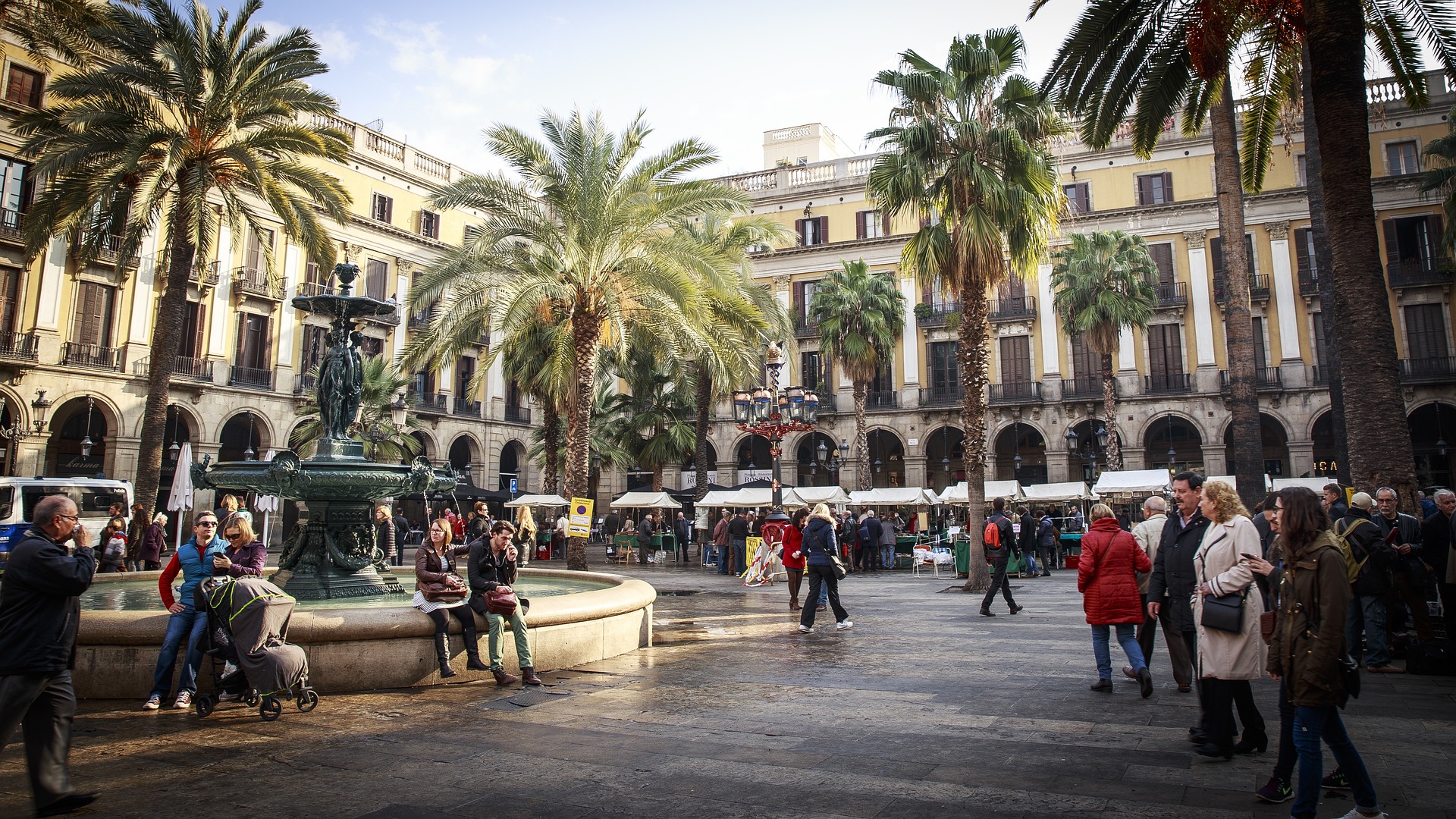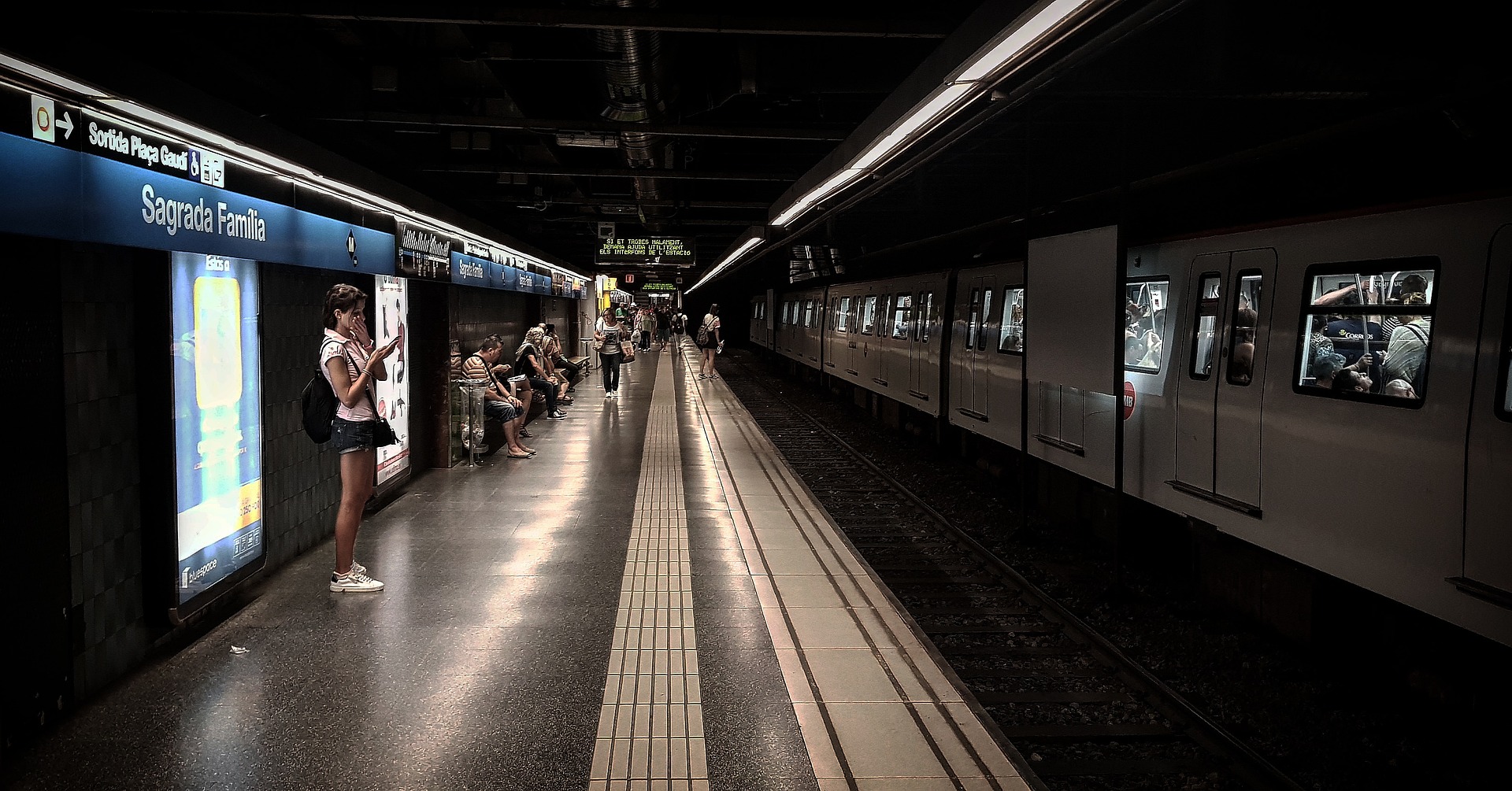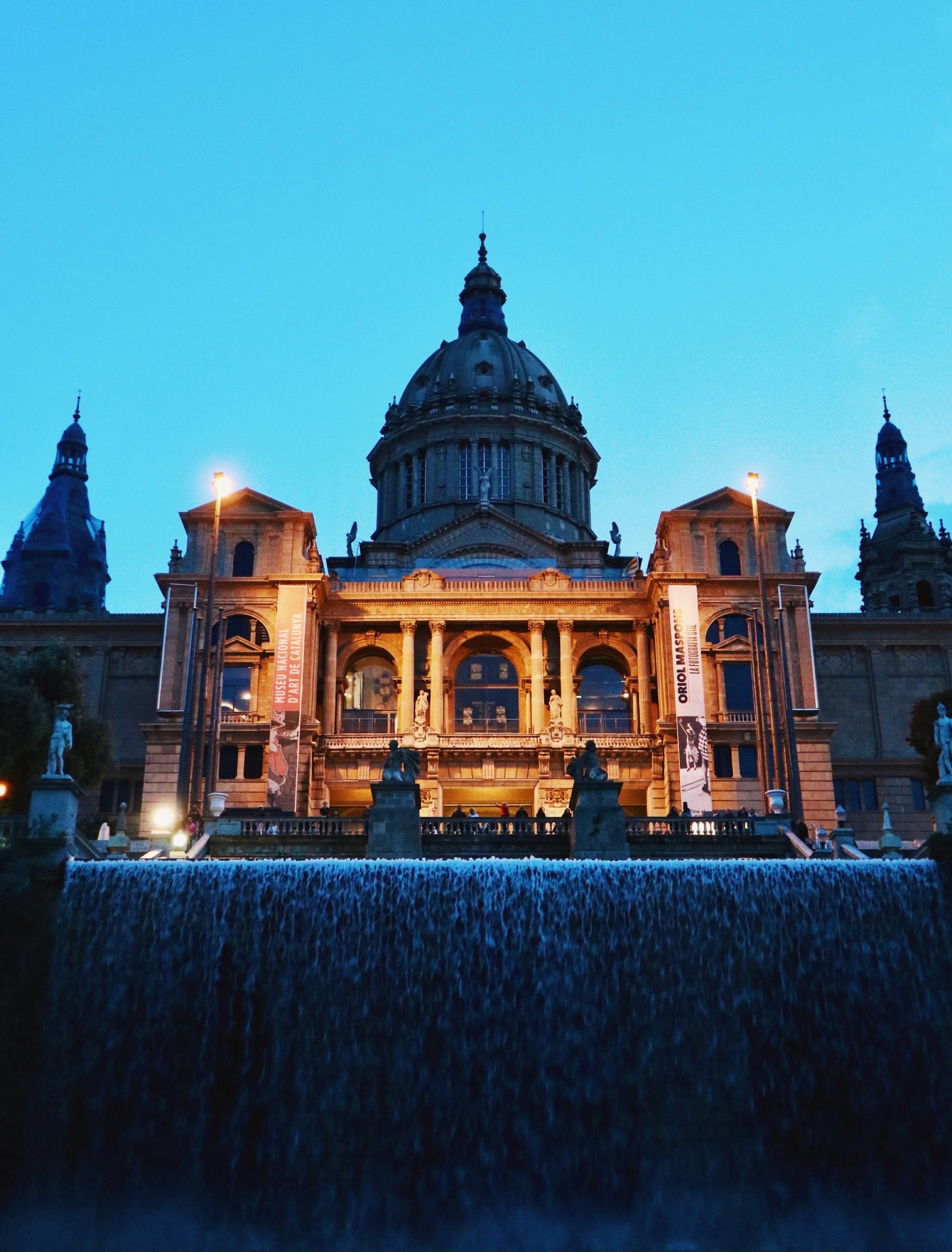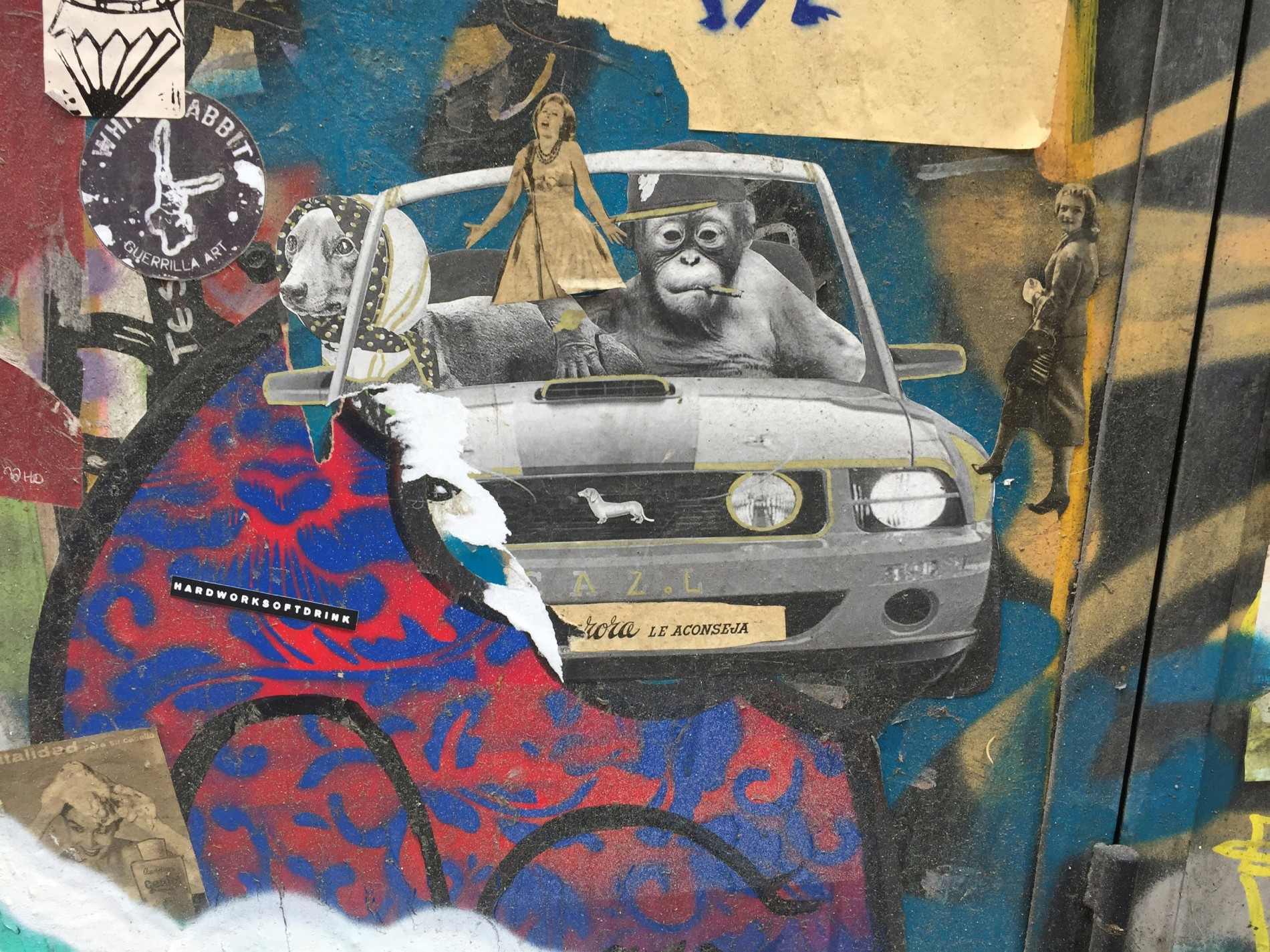
Neolithic Era: The First Settlements
During the Neolithic era, thousands of years ago, there was already human presence in the territory now known as Barcelona. Although remnants from this period are scarce, evidence of settlements and tools used by hunter-gatherer communities inhabiting the area has been found.
Barcino: Roman Barcelona
In the 1st century BC, Barcelona was founded as a Roman colony named Barcino. With a population of around one thousand inhabitants, the city was surrounded by a defensive wall, parts of which still remain in the old town. During this period, Barcelona became a significant commercial and administrative center, leaving a lasting imprint on its urban structure.
Muslim Dominion and Christian Reconquest
For over 200 years, Barcelona was under Muslim rule. However, with the Christian reconquest, the city became a county of the Carolingian Empire and a regular residence of the Crown of Aragon. During the prosperous medieval era, Barcelona emerged as an economic and political center of the western Mediterranean, reaching its zenith between the 13th and 15th centuries.
Barcelona in the Middle Ages: The Gothic Quarter and the Renaixença
Between the 13th and 15th centuries, Barcelona experienced a period of splendor characterized by the Gothic style, leaving its mark on the city’s Gothic Quarter. This magnificent neighborhood is a testament to the grandeur and opulence that Barcelona experienced during the Middle Ages. Additionally, this era also witnessed the resurgence of the Catalan language as a literary language in what is known as the Renaixença.
Decline and Struggle for Independence
From the 16th to the 18th century, Barcelona experienced a period of decline while struggling to maintain its economic and political independence. In 1714, this struggle culminated with the city’s fall into the hands of the Bourbon troops, resulting in the loss of Catalonia’s rights and privileges.
Industrial Revolution and Cultural Renewal
In the mid-19th century, Barcelona underwent a cultural renaissance with the advent of the Industrial Revolution, particularly in the textile sector. This period, known as the Industrial Renaixença, was marked by an artistic and literary flourishing. During this time, the city underwent significant urban transformation, culminating in the creation of the characteristic Eixample district.
Antoni Gaudí: The Modernist Architect
The 20th century marked a significant transformation in Barcelona’s architecture, especially due to the influence of Catalan architect Antoni Gaudí. His works, such as Casa Milà (or La Pedrera), Casa Batlló, and the Sagrada Familia Temple, have become iconic symbols of the city and attract thousands of visitors from around the world.
Dictatorship and Democracy
During the Civil War and dictatorship, freedoms in Barcelona were significantly curtailed. However, with the restoration of democracy in 1978, the city regained its economic and cultural strength. The hosting of the Olympic Games in 1992 served as a pivotal moment for the revitalization of Barcelona and the reaffirmation of its capital status.
21st Century: Renovation and Progress
In the 21st century, Barcelona continues to renew and progress. The organization of the Forum of Cultures in 2004 facilitated the recovery of industrial areas, which were transformed into residential neighborhoods. The city has become an international benchmark in areas such as architecture, tourism, and culture, and maintains its forward-looking vision with enthusiasm.
In conclusion, the history of Barcelona is a story of evolution, struggle, and resilience. From its Neolithic origins to becoming a cosmopolitan and modern city, Barcelona has left an indelible mark on the history of Spain and in the hearts of those who visit it. Its rich history and architectural and cultural legacy make it a unique and fascinating destination to explore and discover.


